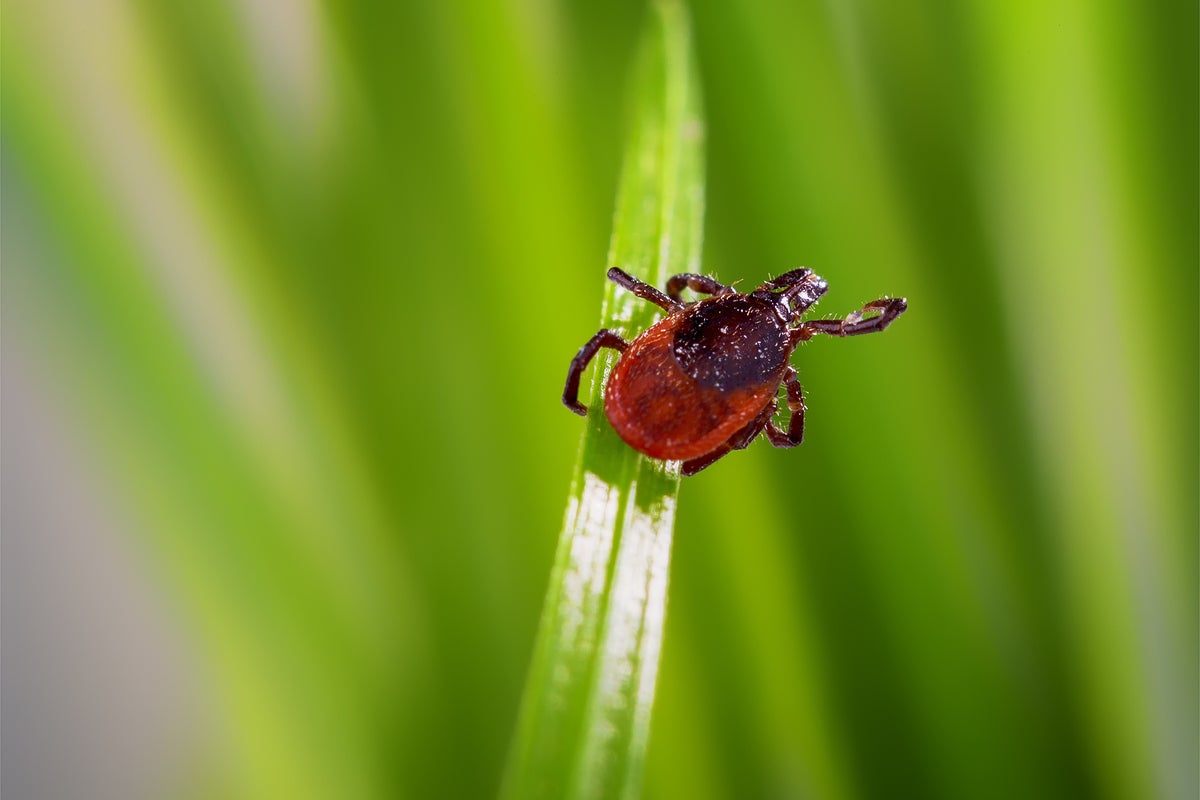
The Northeast should be on high alert for exposure to disease-carrying ticks, according to experts.
Fordham University’s Tick Index currently shows the risk at a nine out of 10, indicating that people in New York, Connecticut, and New Jersey should “limit exposure and use extreme caution.”
“If you’re thinking of taking a hike, consider going to a movie instead,” the index says, noting that both the nymph and adult ticks are active during this time of year in warmer and wetter conditions.
This year, the threat of multiple tick species has closed a Connecticut beach for the entire summer.
“We regret to inform everyone that Pleasure Beach will remain closed to the public for the 2025 summer season,” the City of Bridgeport wrote in a post on Facebook. “This decision comes after extensive consultation with state environmental experts following the discovery of multiple tick species on the island — including the invasive Asian longhorned tick.”
The city government said that it would conduct a series of treatment and containment efforts throughout the area, with the goal of reopening the beach next year.
The most common ticks in New York, New Jersey, and Connecticut are deer ticks, American dog ticks, and lone star ticks. All three are capable of transmitting disease to humans, but Rutgers University professor and entomologist Dina Fonseca previously told The Independent that nymphal blacklegged ticks are the ones people really need to worry about, as they can be infected with four different disease agents.
That includes Lyme disease, which may lead to facial paralysis and irregular heartbeat if untreated. More than 89,000 cases were reported to federal authorities in 2023, most of which were in the northeastern states.
At the size of the poppy seed, the nymphs can be hard to spot. Symptoms may also be elusive, and Lyme is often misdiagnosed as arthritis, a sports-related injury, or another common medical condition, according to the Centers for Disease Control and Prevention. People with Lyme may experience fever, chills, headache, fatigue, muscle aches, and other symptoms within three to 30 days of a tick bite. They’re often recognizable by the classic “bull’s-eye” rash, but don’t always appear that way. Late symptoms may appear between days to months later.
To avoid exposure, people should wear tight clothing, tuck in shirts and pants legs, and wear clothes treated with 0.5 percent permethrin repellent.
“If you don’t apply repellent, they can be ruthless,” Fonseca said.
This year, New York City — the home to 8.2 million residents — has experienced a surge in the number of black-legged tick nymphs, Joellen Lampman, of the New York State Integrated Pest Management program, told the Advance/SILive.com.
“Basically, you should be on guard,‘’ Lampman cautioned.
“Ticks are so, so, good at just hanging onto their energy and just waiting for something to cross its path,‘’ she added.
